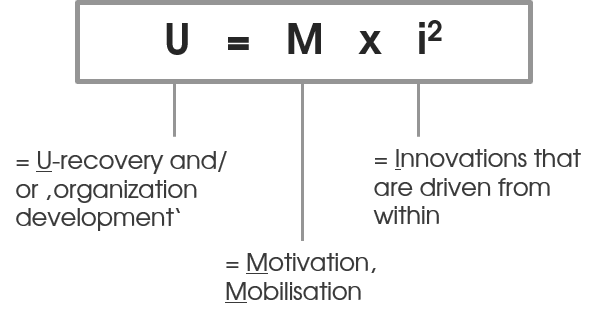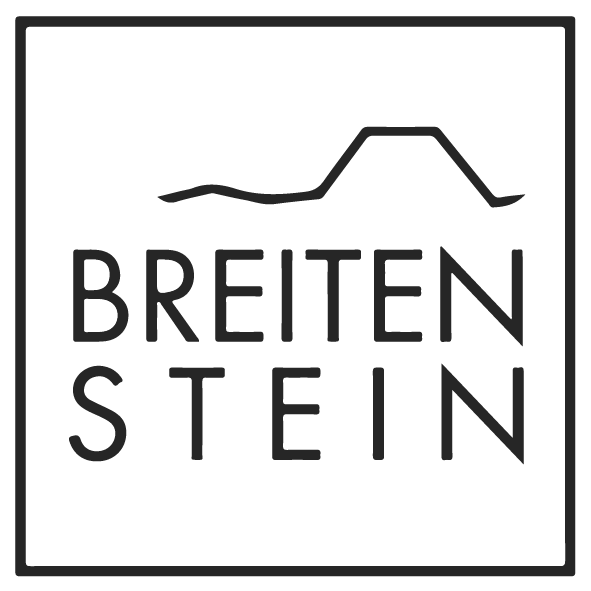Back to new normal is not the right discussion. There will be no such thing as a simple new normality characterized by a little more distance. And no quick ‘V’ either. So, what to do now?
Labor and financial markets are under the oxygen tent of financial aid and short time. The actual economic crisis is yet to come with a wave of bankruptcies, changed value chains, changed consumer behavior, different organization of work. For the crisis is only just beginning to roll out in many global regions and economic areas. And: COVID-19 has acted as a fire accelerator for two trends that sooner or later would have caused profound changes anyway: digitization and the climate crisis – with necessary changes to our economic system. The virus has also intervened far too deeply in personal matters: Our culture of accessibility, work-life integration, changed social cohesion despite physical distance, the perception of small-scale quality of life, mobility, the importance of nature without traffic, health, family, etc.
These changes in perception and behavior will lead to economic shifts. Now, more than ever before, individual behavioral change and the general economic situation are so closely connected!
But there will be a recovery.
The recovery will take place in waves and curves, driven by various socio-economic factors. Economists now speak of a U. How long or flat this U will be will vary greatly from industry to industry.
Who are the winners and who are the losers of these shifts? And how can you control the ‘U’ of your own organization?
In change management, change curves are also known – for example one that goes back to Elisabeth Kübler-Ross. It measures the mood swings of shock, grief, hope, reorientation and performance over time and the energy that people develop in working their way out of a crisis. This motivation for action – one could also call it motivation – is what matters now. A change in behavior often first needs painful, paralyzing emotional states in order to draw energy from them.


The ‘Sense of Urgency’ is there now – this is a great chance for many organizations. CHarles Darwin once wrote: ‘It is not the strongest of the species that survives, nor the most intelligent one, but the one most responsive to change’.
If you look at human history or even nature (such as after forest fires): the vast majority of crises result in a higher level of development in the long run than before. Here, systematic laws seem to apply. In the economy, as well: many old companies often disappear in crises, and new ones emerge – but some of the old companies are also transforming themselves and are even becoming stronger than before the crisis.
But how does this work?
How can you actively shape your entrepreneurial ‘U’ and be one of those who are ‘most responsiveto change’? As change managers we have been dealing with such phenomena for many years and learn from accompanying companies.
I have just elaborated one of the factors: It’s about working with motivation, with people’s motivation for action in organizations.
The second factor is innovation.
The survivors or those who emerge strengthened out of a crisis are usually those who innovate. The right innovations are therefore the second key – along with motivation as the motivation for action. And it is not always necessarily about technical innovations!
To understand new customer needs precisely and to react quickly to them, to interpret new regulatory norms, to recognize opportunities in supply and value chains, to form alliances are important alongside all digital technology. One must therefore take into account the driving forces of their own business beyond their own value creation contribution and interpret them in relation to the future. For this purpose there are established methods and instruments.
So you can hire a consulting firm and have the systemic effects of the massive changes and solution options for your own business model, your own industry worked out. That’s good, I’m naturally pleased about that as a consultant, but it usually costs a lot of money.
Another way would be to systematically mobilize the talents in your own organization for this purpose. Nobody knows your own business better than your own employees. In the own organization there are often unused and hidden competencies. Employees often have a keener eye for the weaknesses of an organization than one might think. You just have to know how to ask them the right questions to overcome organizational blindness. Herein lies the art.
And you have to give your own innovators (thinking) freedom and provide them with the appropriate methodology. Then almost every organization harbors a completely underestimated innovation potential – a ‘seed’ of the new after the crisis.
In addition, there is the above-mentioned motivational effect: gaining visibility, gaining project experience, learning innovation methodology, being able to participate in the shaping process. Experience of self-efficacy creates self-confidence – an old educational wisdom. It is precisely this self-confidence that is needed to develop the necessary motivation for action in a crisis – for as many people in the organization as possible. Moreover, self-developed innovations have a much higher probability of implementation than those developed by consultants!
The activating shock of the first lockdown has created the necessary awareness and attention in many organizations. This was good and necessary at exactly this phase of the crisis. And this activating effect, this momentum in relation to the ‘open window’ of willingness to change must be used right now.
You just have to do it right.
A change project driven and supported by top management is needed. This can start on a small scale in the sense of a holistic ‘health check’ that reveals the systematic effects of the crisis on the business and the emotional state of the employees. This can be done well even in 2-3 weeks with the appropriate instruments. It is also possible to identify talents (people and competencies).
This in-depth analysis can then be used to develop focus topics that management considers worth pursuing. A talent-driven innovation initiative would then be a program that can (but does not need to) result from this. With the own talents responsible for the project, but with the participation of as many employees as possible, measures are developed.
The measures have to be sustainable. For us, sustainable means not only realigning strategy, but also questioning and developing the organization, processes and structures, management and cooperation, as well as culture, values and attitudes. And in a ‘great’ narrative, it also has to be enhanced accordingly regarding communication. Communication is key.
We have carried out ‘Health Checks’ and ‘Talent Initiatives’ of this kind in a large number of companies after crises and have also implemented great change projects (‘Transformation Journeys’) with them – at a fraction of the usual consulting costs. And of course, the management team always keeps its hand on the wheel – as mentors for the projects and talents.
A learning field for both sides and the entire organization.
Our post-pandemic formula:




Recent Comments